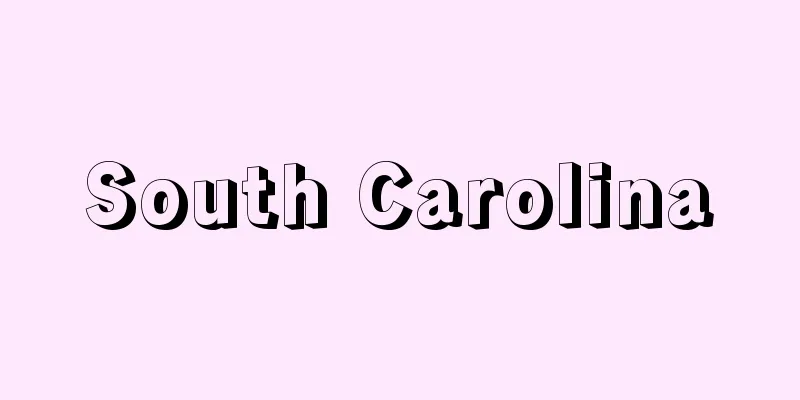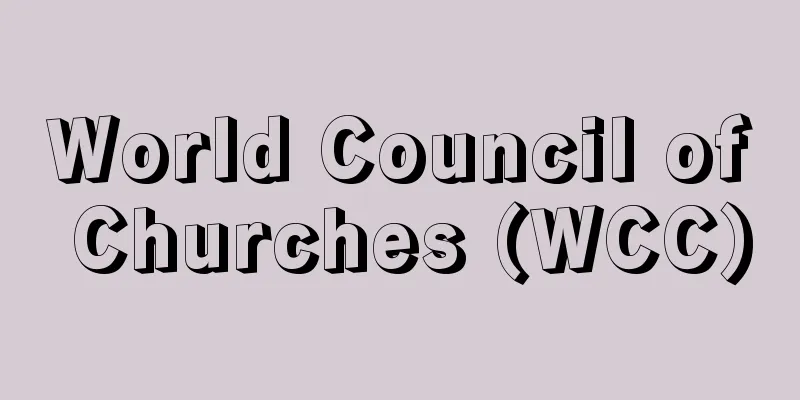Propositional logic
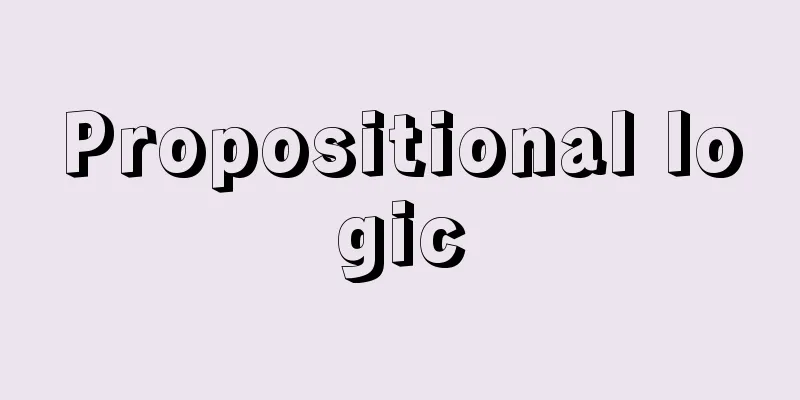
|
In modern logic, this is the field that deals with forms of reasoning that can be expressed using only conjunctions and negation symbols. For example, Moreover, by corresponding symbols to logic elements, propositional logic can be interpreted as describing the logical design of computers. To the extent that the function of neural synapses can be considered to be similar to that of logic elements, the results of propositional logic can also be used to create logical models of neural networks. Then, for example, [Yoshida Natsuhiko] Source: Shogakukan Encyclopedia Nipponica About Encyclopedia Nipponica Information | Legend |
|
現代論理学のなかで、連言記号と否定記号だけを使って表現できる推論の形式を扱う分野。たとえば、 また、記号を論理素子に対応させれば、命題論理学は、コンピュータの論理設計について述べているものと解釈することができる。神経のシナプスの働きが論理素子の働きと同様なものと考えられる限りでは、神経網の論理的モデルをつくるのに命題論理学の成果を利用することもできる。 次に、たとえば、 [吉田夏彦] 出典 小学館 日本大百科全書(ニッポニカ)日本大百科全書(ニッポニカ)について 情報 | 凡例 |
<<: Finespotted flounder (English spelling)
Recommend
Personnel management - jinjikanri (English spelling) personnel management
A series of planned and systematic measures that ...
Multinomial distribution - Takobumpu (English spelling) polynomial distribution
As a generalization of the binomial distribution, ...
Coelomactra antiquata (English spelling)
...The water tube is delicious as food and is use...
Diplomatic etiquette
…These official documents related to diplomacy in...
René Viviani
French politician. Born in Algeria. Active as a l...
Hans Spemann
German animal embryologist. Born in Stuttgart, he...
Mount Akaishi - Mount Akaishi
It is one of the main peaks of the Akaishi Mounta...
glomerulus
…the renal corpuscle is a spherical body with a d...
Widukind (English spelling)
[raw]? [Death] 804/812 A Saxon leader who resisted...
《Travaux du cercle linguistique de Prague》 (English notation) Travaux du cercle linguistique de Prague
...The contributions of this school are wide-rang...
Calaverite - Calaverite
A gold telluride (chemical formula AuTe 2 ). It i...
Flower corner stickers
...These include bowls, plates, box containers an...
Gaseous nebula
A nebula is a gaseous nebula that is composed main...
Idris Cult - Idris Cult
The Libyan monastery was founded in 1843 by Ahmad...
Kanaya Tanzen
The title of a Nagauta, Ogie-bushi piece. It is sa...


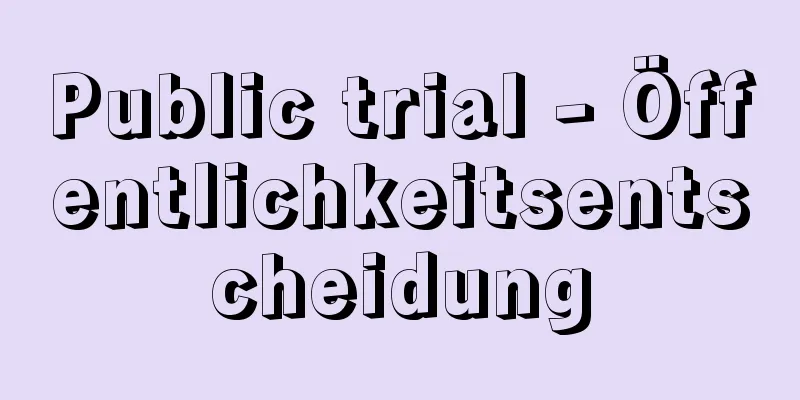
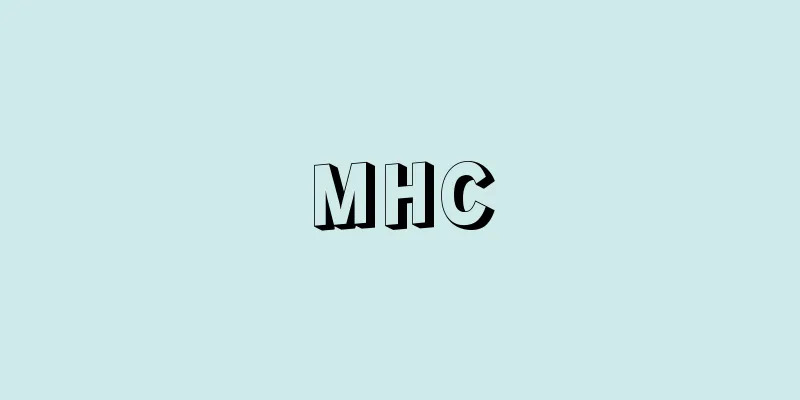
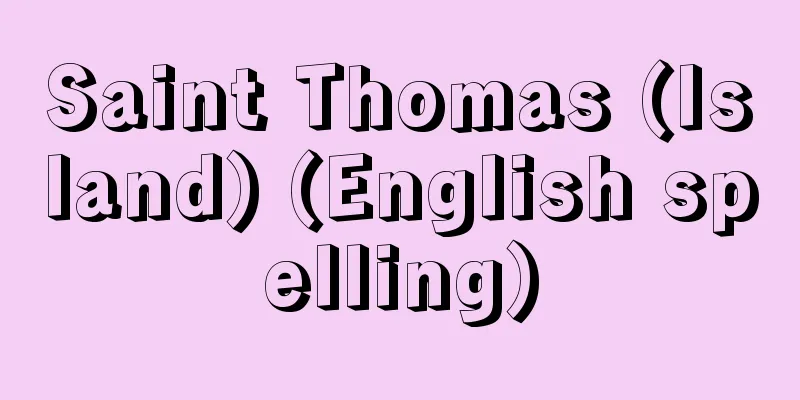

![Esso [company] - Esso](/upload/images/67cfa37c28268.webp)
